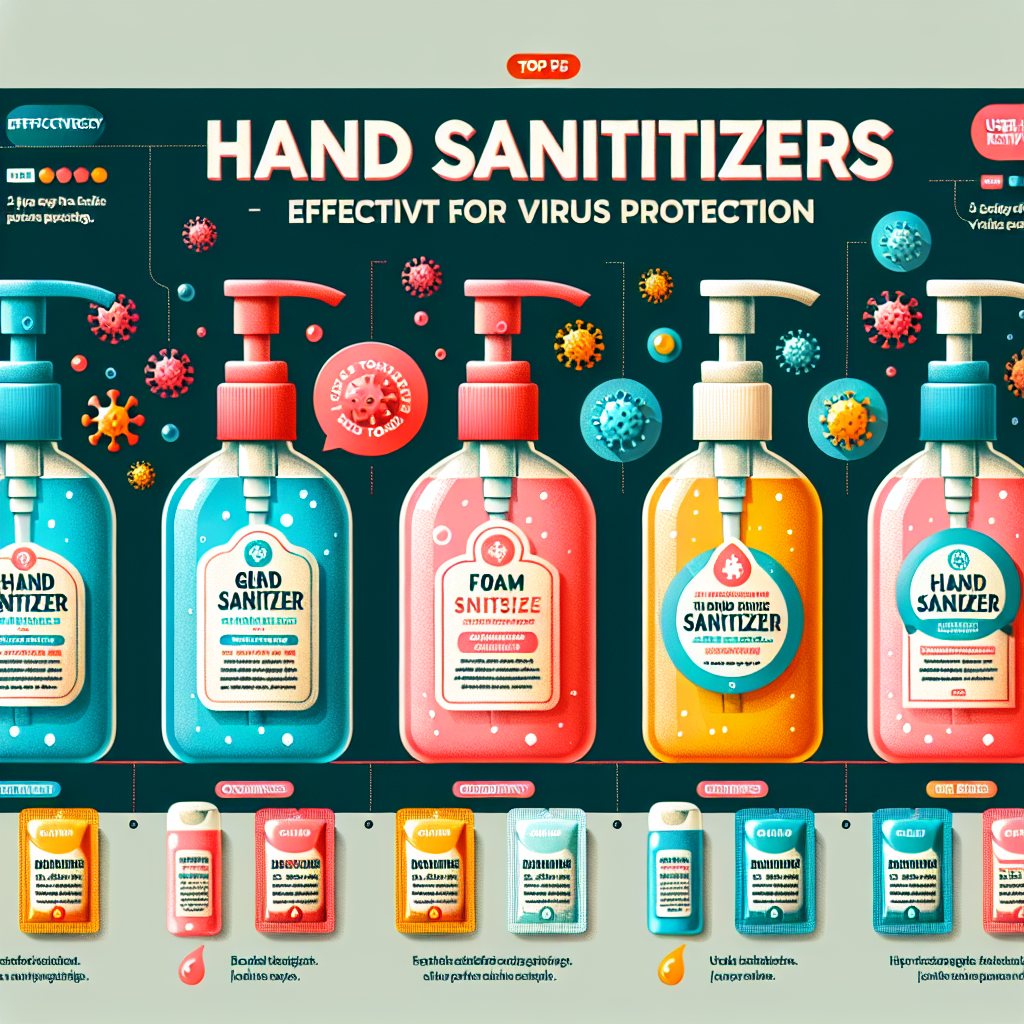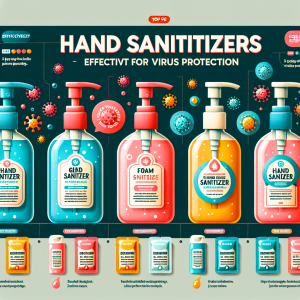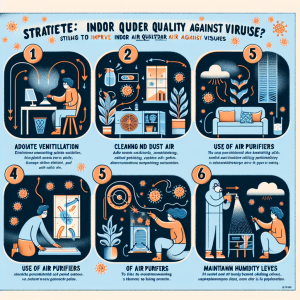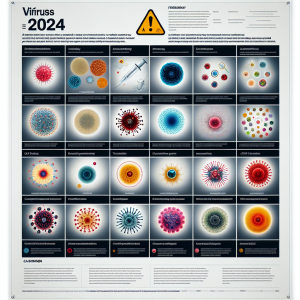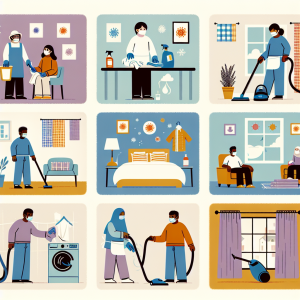How to protect against airborne viruses?
Airborne viruses pose a significant risk to public health, particularly in densely populated areas and during pandemics. Understanding the transmission methods of these viruses is essential for effective prevention. This article explores the risks associated with airborne viruses, strategies to improve indoor air quality, personal protective equipment (PPE) options, and best practices for hygiene and social distancing. By implementing these measures, individuals and communities can better protect themselves and reduce the spread of infections.
Understanding Airborne Viruses: Risks and Transmission Methods
Airborne viruses are pathogens that can be transmitted through tiny respiratory droplets released when an infected person coughs, sneezes, speaks, or breathes. These droplets can remain suspended in the air for extended periods, leading to potential infection of individuals who inhale them, even if they are at a distance from the infected person. The viruses can also settle on surfaces, further contributing to transmission. Understanding these mechanisms is crucial, as it informs how we can mitigate the risks associated with airborne viruses.
The risks posed by airborne viruses can be exacerbated in crowded or poorly ventilated spaces. Enclosed areas such as offices, public transport, and hospitals can facilitate the rapid spread of infections. Certain viruses, such as influenza and coronaviruses, are particularly adept at spreading in these environments, making it imperative for individuals to be vigilant about their surroundings and the transmission dynamics at play. Understanding these risks allows for proactive measures to be put in place, which can significantly reduce infection rates.
Moreover, specific groups, such as the elderly, immunocompromised individuals, and those with pre-existing respiratory conditions, are at a heightened risk of severe illness from airborne viruses. Awareness of these vulnerabilities can prompt communities to adopt more stringent protective measures, fostering a culture of safety and responsibility. Comprehensive public health strategies that educate people about these risks and the importance of prevention are crucial in controlling the spread of airborne viruses.
Effective Strategies for Enhancing Indoor Air Quality
Improving indoor air quality is one of the most effective strategies for reducing the risk of airborne virus transmission. One of the key methods is to increase ventilation in indoor spaces. This can be achieved by opening windows and doors to promote the flow of fresh air or by using mechanical ventilation systems that filter and circulate air. According to the U.S. Environmental Protection Agency, proper ventilation can dilute airborne contaminants, reducing the concentration of viruses in the air.
In addition to ventilation, using air purifiers equipped with HEPA filters can significantly improve indoor air quality. HEPA filters are capable of trapping particles as small as 0.3 microns, including many viruses. Placing air purifiers in high-traffic areas can help reduce the viral load in the air, providing an extra layer of protection. Regular maintenance and timely replacement of filters are essential to ensure optimal performance and effectiveness of these devices.
Another effective strategy is to monitor humidity levels within indoor spaces. Maintaining indoor humidity between 40% and 60% can help reduce the survival of airborne viruses. High humidity levels can promote the growth of mold and bacteria, while overly dry conditions can irritate the respiratory tract, making individuals more susceptible to infections. Utilizing humidifiers or dehumidifiers, as needed, can help achieve these optimal levels, contributing to a healthier indoor environment.
Personal Protective Equipment: Choosing the Right Options
When it comes to personal protective equipment (PPE), selecting the right options is critical for protecting against airborne viruses. Masks are one of the most essential forms of PPE, with N95 respirators offering a high level of filtration and fit. Unlike standard cloth masks, N95 respirators can filter out at least 95% of airborne particles, including large respiratory droplets and smaller aerosols. It’s important to ensure that masks fit properly, creating a seal around the face to maximize their effectiveness.
In addition to masks, face shields can provide an extra layer of protection, especially in scenarios where social distancing is challenging. Face shields do not replace masks, but they can protect the wearer’s eyes and face from respiratory droplets. When used in conjunction with masks, they can enhance overall protection against exposure to airborne viruses. It is essential, however, to select face shields that cover the sides and extend below the chin for maximum effectiveness.
Lastly, gloves and gowns may be necessary in certain situations, particularly in healthcare settings or when caring for sick individuals. While airborne viruses primarily spread through respiratory droplets, contact transmission can also occur when contaminated surfaces or materials are touched. Wearing gloves can help minimize this risk, and gowns can provide an additional barrier, especially in environments where exposure to bodily fluids is possible. Understanding the proper use of PPE is vital to ensure its effectiveness in preventing virus transmission.
Best Practices for Hygiene and Social Distancing Protocols
Implementing robust hygiene practices is a cornerstone of preventing the transmission of airborne viruses. Regular handwashing with soap and water for at least 20 seconds, or the use of hand sanitizers containing at least 60% alcohol, can significantly reduce the risk of infection. It is particularly important to wash hands after being in public spaces, touching surfaces, or after coughing and sneezing. Additionally, maintaining good respiratory hygiene, such as covering one’s mouth and nose with a tissue or elbow when coughing or sneezing, contributes to reducing the spread of respiratory droplets.
Social distancing is another critical practice for minimizing the spread of airborne viruses. Keeping a distance of at least six feet from others can significantly reduce the likelihood of inhaling respiratory droplets. In crowded environments, this may involve avoiding large gatherings, opting for virtual meetings when possible, and limiting interactions in confined spaces. Public spaces should implement signage and guidelines to encourage adherence to social distancing protocols, fostering a culture of safety within communities.
Finally, staying informed about local public health guidelines and recommendations is essential for effective prevention. These guidelines may evolve based on current infection rates and scientific understanding of airborne viruses. Engaging in community efforts, such as vaccination campaigns and health education initiatives, can further bolster the collective response to airborne virus threats. By following well-established hygiene practices and adhering to social distancing protocols, individuals can play an active role in protecting themselves and others from airborne virus transmission.
Protecting against airborne viruses requires a comprehensive understanding of their transmission methods and a multifaceted approach to prevention. By enhancing indoor air quality, utilizing appropriate personal protective equipment, and adhering to best practices for hygiene and social distancing, we can create safer environments for ourselves and our communities. Continuous education and awareness are essential components of effective prevention, ensuring that we are equipped to manage the risks posed by airborne viruses effectively. For more information on health guidelines, please refer to the CDC and WHO.
Top hand sanitizers for virus protectionSeasonal flu vaccine effectivenessLatest research on virus transmissionRelevant LinkRelevant LinkRelevant Link


